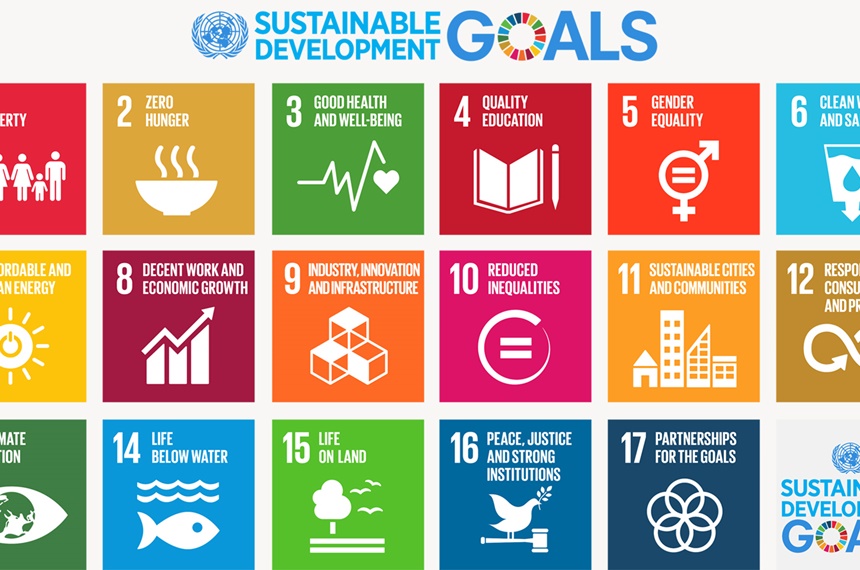
We are still getting familiar with the SDGs
While more than one year has passed since the adoption of the UN “Transforming Our World” agenda, we are still getting familiar with the Sustainable Development Goals (SDGs), in particular in terms of the role that business has in the agenda.
“We call on all businesses to apply their creativity and innovation to solving sustainable development challenges.” Article 67, “Transforming Our World” 2030 Development Agenda
Indeed, SDGs directly speak to companies indicating targets and indicators to monitor and manage their performance – as the UN is ready to track progress related to the implementation of SDGs, “bringing about a data revolution in sustainable development”
The SDG Compass is a business-oriented tool jointly developed by the Global Reporting Initiative, the World Business Council for Sustainable Development and the UN Global Compact in order to provide guidance to companies in implementing a sustainability strategy fitting the SDGs. In detail, the SDG Compass maps 57 existing business tools against the SDGs and builds an inventory of 300+ indicators from GRI, SASB, ILO, CDP, UNGC, and others to record and benchmark performance for each SDG.
The indicators belong to 108 different “business themes” which, in turn, are related to relevant SDGs Targets.
It is very evident how the SDG Compass is helpful for companies and sustainability managers. But it tells a lot about SDGs, as well. When I first went through the business themes, I thought “Ok, these are the business themes that experts claim are essential for achieving sustainable development in the next 15 years. What do they look like? What are the most recurrent themes? What management areas do they belong to?”
I downloaded the data from the SDG Compass and did some quick content analysis and coding. Here’s what I found.
First, a word cloud of the business themes.
"Efficiency" and "access" appear quite big.
Then, let’s have a look at the top ten of the most recurrent business themes:
It is quite comprehensive, indeed. Environment, employment, finance, and energy are all there. Not surprisingly, energy efficiency sits in the first position. More interestingly, access to financial services appears in the second place. This says a lot about the importance of Responsible Investments and Finance in the next years. For those concerned of GHG emissions, they’re 11th.
As it is evident from the table, some business themes are related/overlapping. Thus, I aggregated them into 7 management areas:
-
Operations (refers to the primary activities of the value chain, i.e. the transformation process of raw materials into the final product and its selling. Includes emissions and resource use)
-
Employment (includes labour conditions, equal opportunities, training, workers' conditions and involvement in companies' decision making)
-
Business model (refers to a firm's system to create value for the stakeholders, including the key features of its value proposition)
-
Supply chain (includes standards, certifications, policies, procurement practices, formal and informal rules shaping the supply-chain)
-
Governance (coordination and audit mechanisms that guarantee ethics, transparency and accountability)
-
Community engagement (all actions a firm takes to build a relationship with the communities of stakeholder where it operates)
-
Research and development (investments and projects for the development of technology and innovation)
In this way, it is possible to observe what changes are needed in each management area in order to meet the SDGs.
Management areas and their impacts on SDGs
All the management areas are significant to deliver against the SDGs. In particular, Operations and Research & Development are the areas with major potential impacts on the Goals. Conveniently with our word cloud, transformative, disruptive, technology-led change towards efficiency is a leading theme for businesses walking on the SDGs path.
Author: Donato Calace (LUM University, eRevalue)

Follow us on